Day 57 - The Chūgoku 33 Temple Kannon Pilgrimage, Japan - Walking From Kurayoshi Towards Tottori


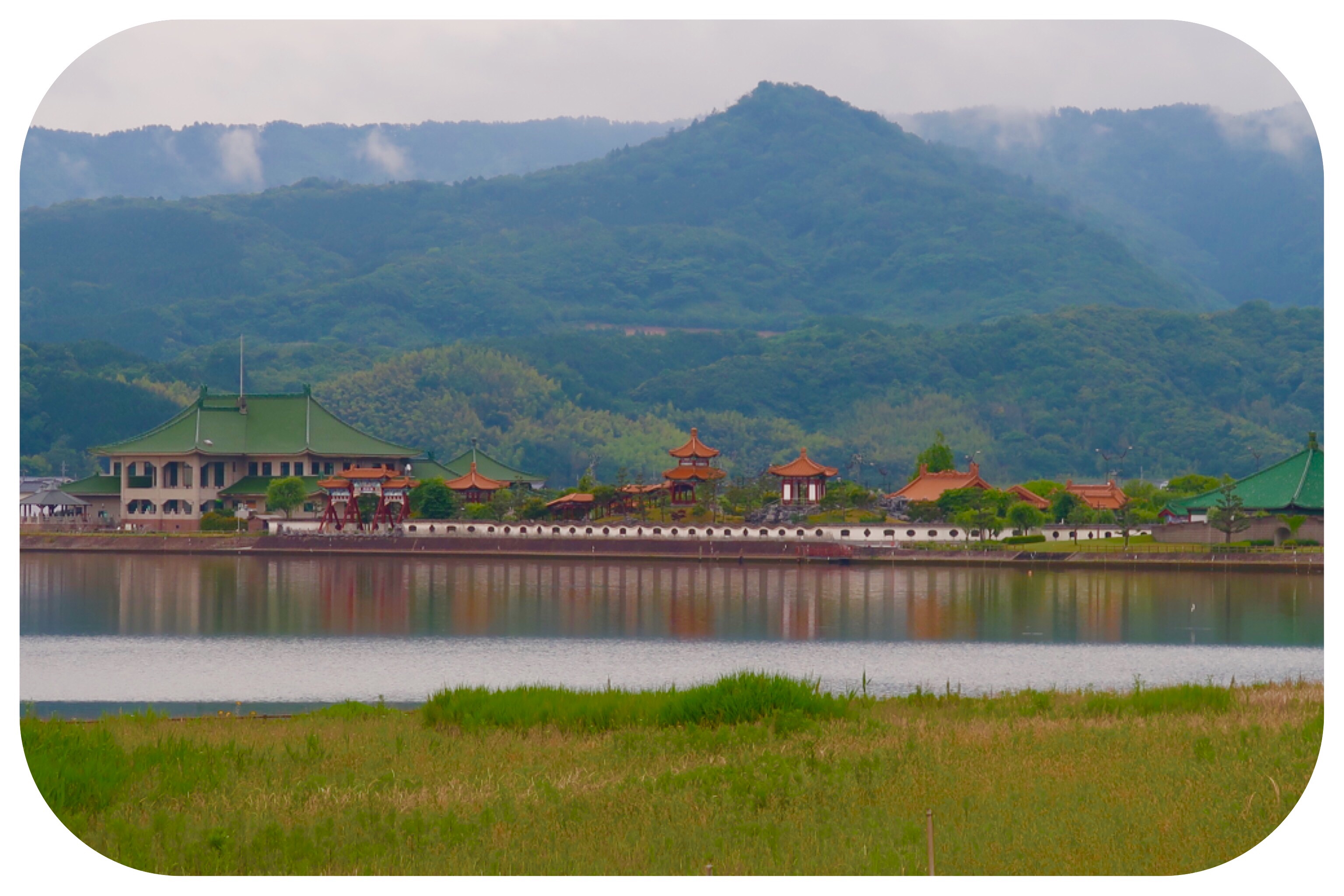







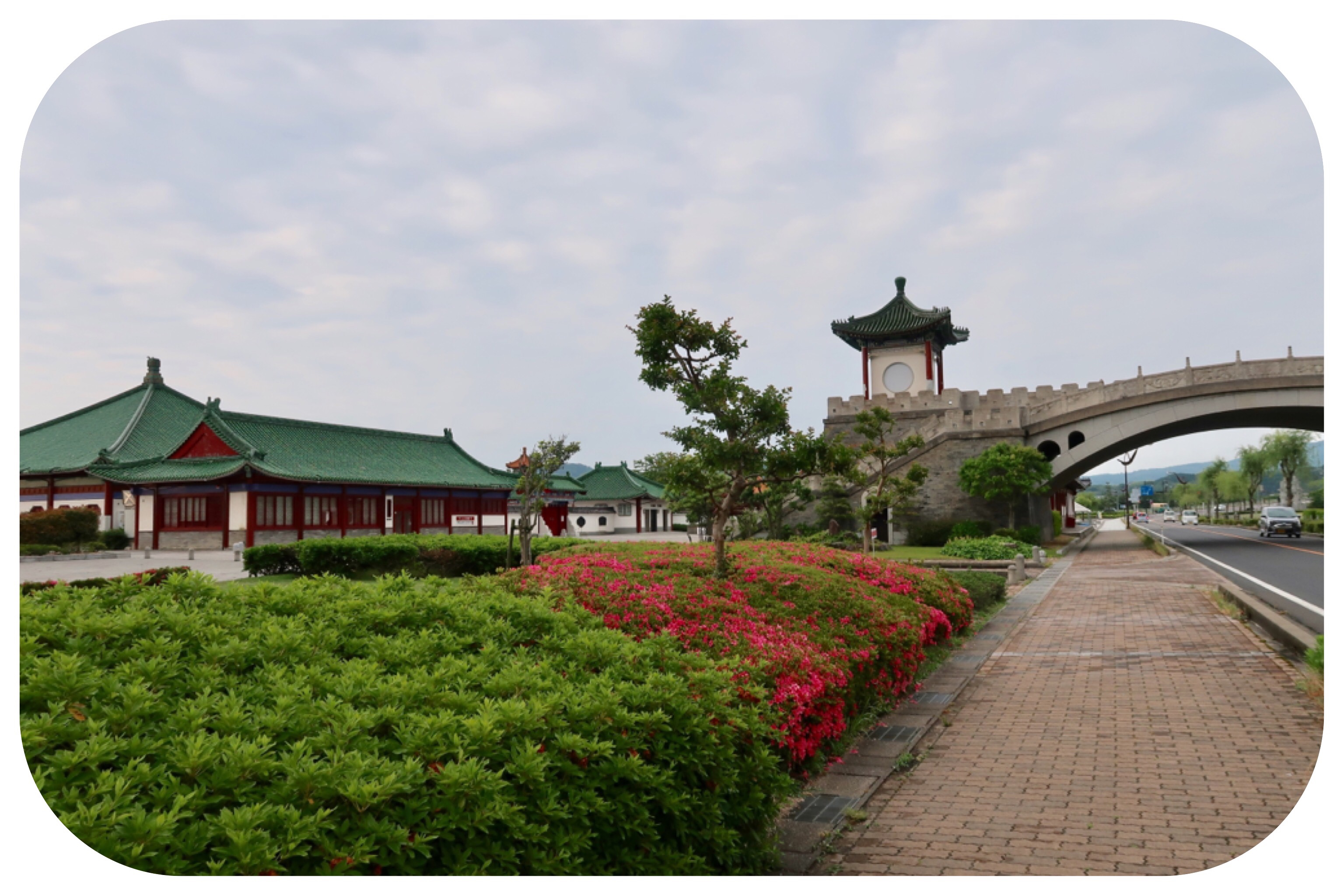


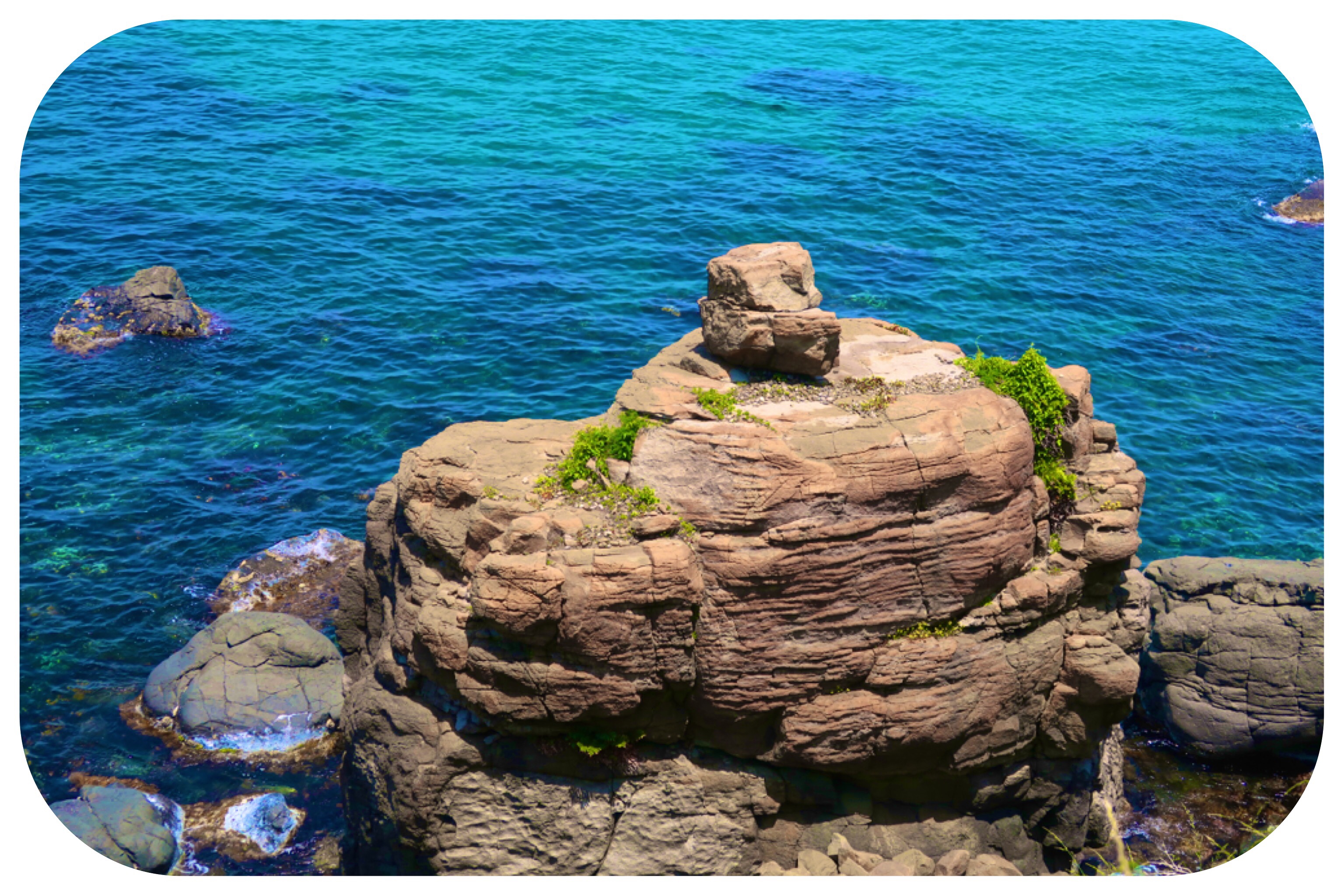




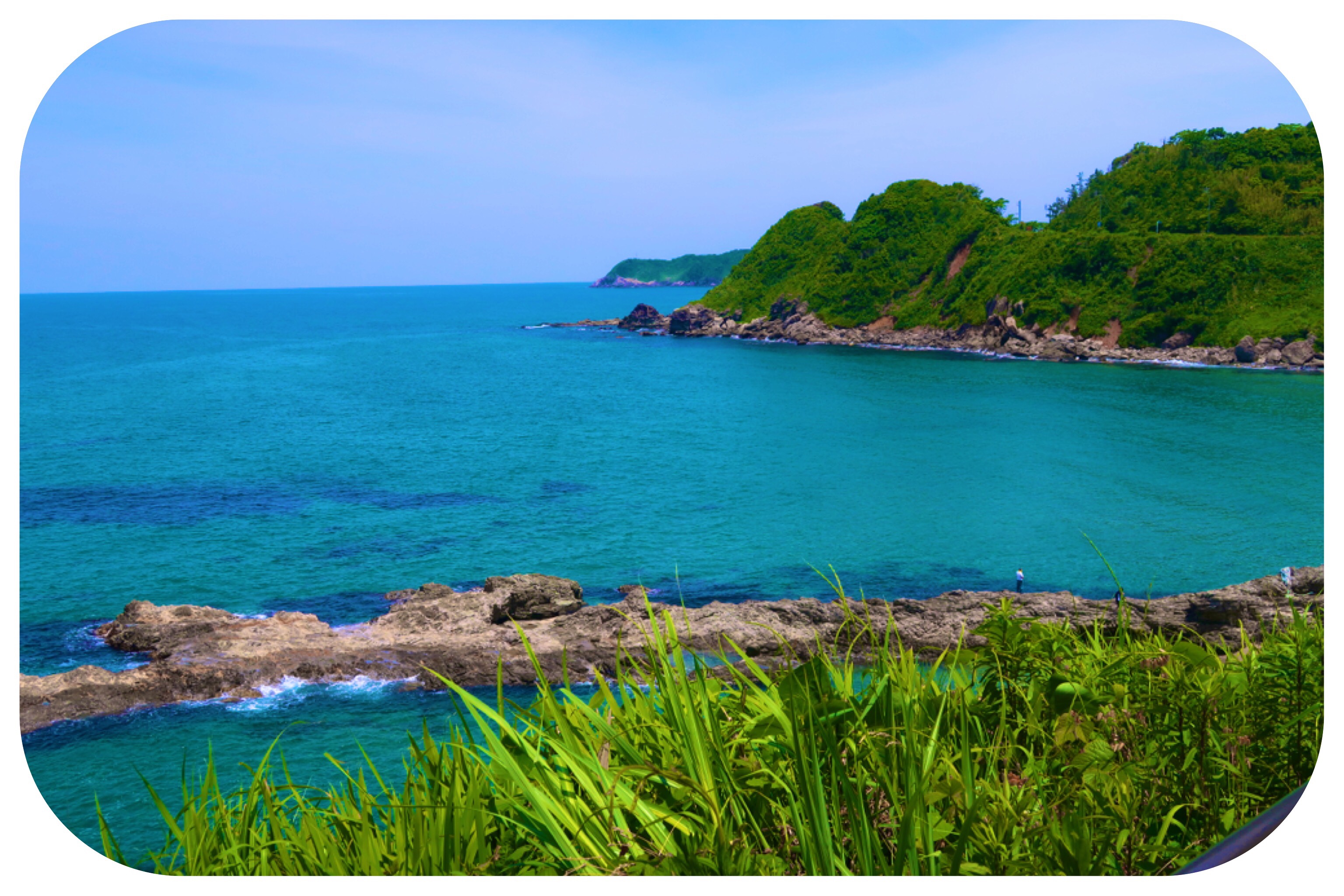






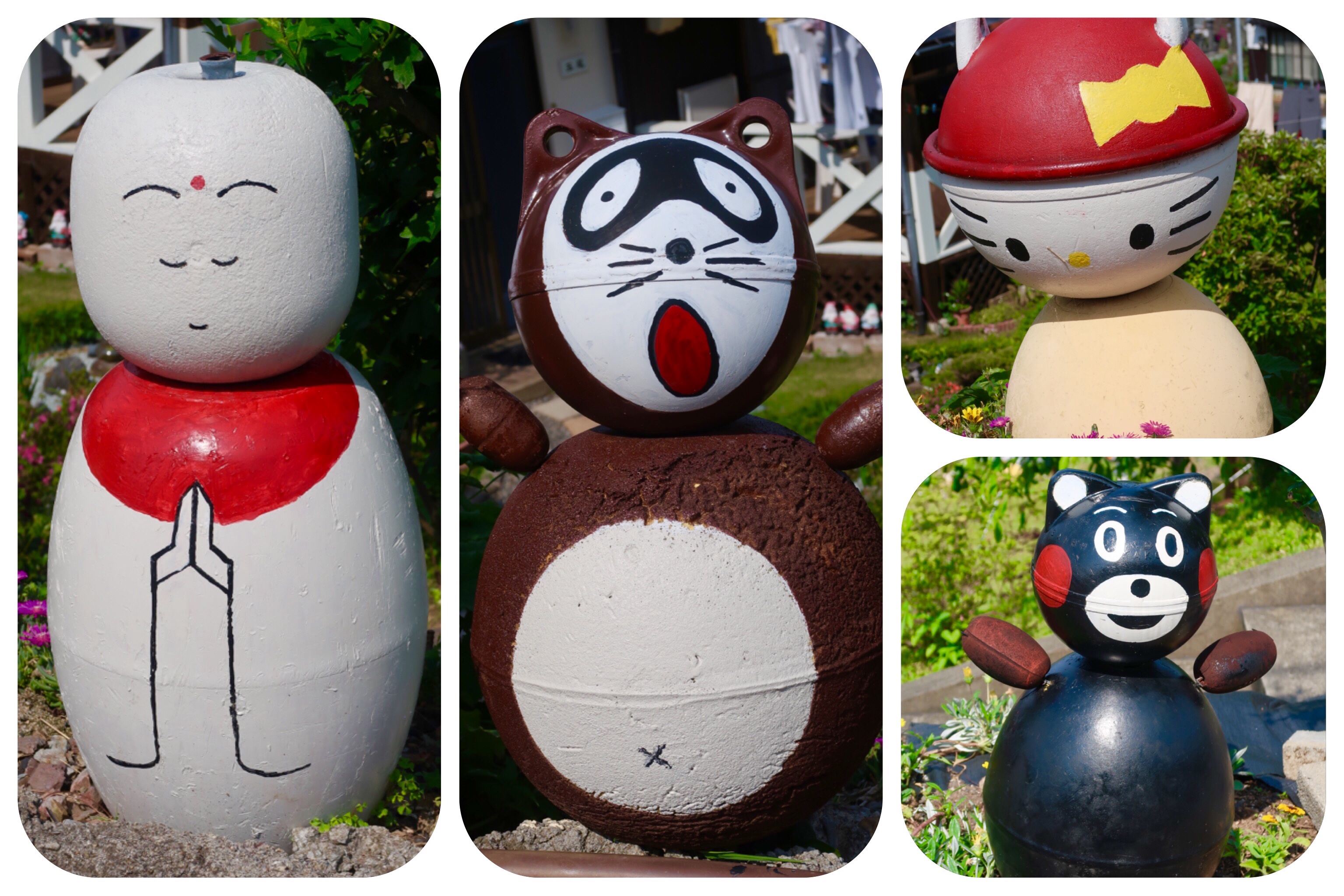

Day 57 - The Chūgoku 33 Temple Kannon Pilgrimage, Japan - Walking From Kurayoshi Towards Tottori
The distance from Kurayoshi to Tottori is about 46 kilometers.
We decided to cover the distance over two days of walking.
After a lovely Japanese breakfast, we checked out of our guesthouse, left our backpacks in a coin locker in Kurayoshi station, and started walking north.
In our daypack, we packed a bag of raisins and nuts, and two small bottles of water.
We knew that the walk today was not so rural, and we trusted that we would find a place for lunch, and places along the way to get more water.
We came upon a beautiful and very scenic lake called Lake Togo.
It is listed as one of the scenic spots along the San’in Coast of Japan.
We have been walking along the San’in northern coast, along the Sea of Japan coastal route, which stretches from the city of Hagi to the sand dunes of Tottori.
On the shores of Lake Togo, there are some large Onsen hotels.
Each hot spring has its own appeal, but the hot-spring water in this area is generally very hot and a bit salty.
On Togo Lake, by the town of Matsuzaki, you can see a “Yotsude Ami,” a traditional four armed scoop net, used for fishing.
It is an invention made by the people of Lake Togo, which involves stretching a net on a bamboo frame, and then raising and lowering the net using a pulley system.
Using these four armed bamboo nets, they were able to catch shrimp and small fish.
At one time, there were 24 or 25 of these floating fishing contraptions in use on Lake Togo, but now there are only two.
From there, we continued north until we reached the Sea of Japan, and the road turned east along the coastline.
It was not a flat walk by the sea, as there were many hills, and the day was very hot.
But it was very scenic and beautiful.
We passed some greenhouses growing strawberries, but there were no farm stores selling fresh strawberries.
It seems like this area does not get a lot of independent tourists, and the farmers just sell to vegetable stores or supermarkets.
Of course we saw nobody walking anywhere, and only school kids on bicycles, going to school or returning home from school.
Otherwise, the sidewalks were empty.
We did see some surfers in the sea, surfing by the better sandy beaches.
Some beaches were obviously not used for recreation.
The shores were lined with washed up debris, fishing nets and plastic buoys.
As we neared Aoya, Jules mentioned that this area has the nicest, cleanest beaches he has seen on our entire pilgrimage so far.
Near Idega-Hama beach, we saw a few families of surfers in their vans, picnicking and enjoying the beach.
We were hot and hungry, and needed to sit and rest.
We were delighted to find a small and very charming café with a beach menu and a Hawaiian feel.
We stopped and enjoyed a lunch of shrimp Katsu with salsa and avocado sandwiches with hand cut fries, iced coffee, and a scoop of Very Berry sherbet.
The Delmar Beach Café is run by a husband and wife who are surfers.
They moved here 14 years ago, to live by the sea and to surf.
They were raising two boys (Photos can be seen on the wall by the toilets), and needed an income.
This very popular cafe, which does good business and was very full when we got there, was their way of making a living.
They have dozens of surfboards in the back of the cafe, and also offer surfing lessons.
They are very friendly and sweet and they asked us many questions, and they do speak a bit of English.
The food was very delicious.
Reinvigorated, we continued walking along the sea.
We intended to finish walking by three or three thirty in the afternoon, so we would have time to return to Kurayoshi and go to Misasa Onsen, where we will be staying for two nights.
But we had missed the three o’clock train, so we decided to walk until four forty five, to whichever train station we would get to by then.
We finished our hot day of walking in the town of Hogi, after having walked 25 kilometers.
We took the train back to Kurayoshi, picked up our backpacks, and went to Misasa Onsen.
Our Onsen Ryokan is lovely, and the town seems vibrant with tourists, but we were too tired to explore the town tonight.
We showered, soaked in the hot springs, washed our clothes and ate the raisins and nuts that we took with us for the walk but did not eat.
I think Jules was a bit hungry and maybe would have preferred that we would have gone out to an Izakaya to eat, but I had no appetite from walking in the heat.
I might have imagined that after walking for hours, I would also be hungry, but I felt relieved that we did not go out to eat.
Our Tatami mat room is spacious and elegant, and we have a beautiful garden view of the well kept and manicured flowering garden.
The futon beds they put out for us while we soaked in the onsen, are thick and double layered.
Both Jules and I felt some leg pains today from the hill climbing and the accumulated days of walking, and it will be nice to be sleeping on comfortable futons tonight.
With heartfelt blessings,
Tali
Daily Stats:
Steps: 34,247 steps
Distance Walked: 25 Kilometers
Active Walking: 5.5 hours
Total Time: 7 hours
Total distance walked on the pilgrimage so far: 1139.5 Kilometers
Temples Visited: None
Accommodation: Mejisou Onsen ryokan, in Misasa Onsen.
A well kept and well run inn with spacious Japanese style rooms, a small hot springs bath, fast internet in a famous and charming spa town.
Offers meals by prior arrangement (we took only breakfast).